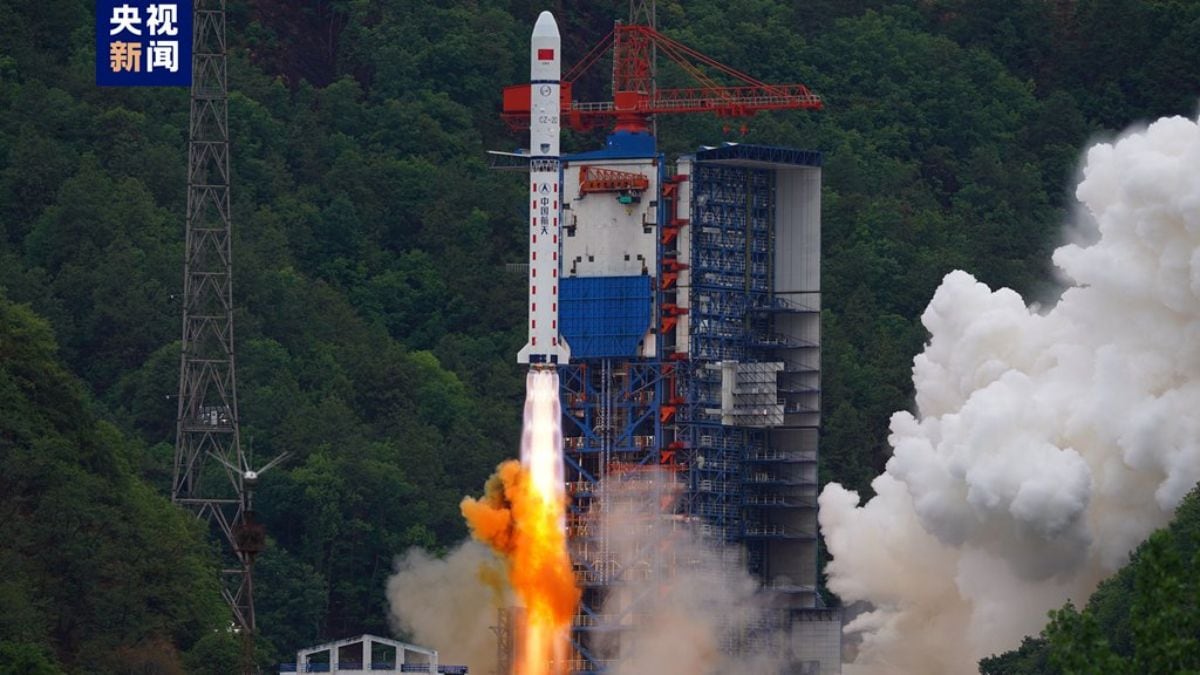In a major fillip to Pakistan's space and disaster management applications, China Thursday launched the first ever Remote Sensing Satellite-1 (PRSS-01) exclusively for Pakistan. The satellite was carried into orbit on a Kuaizhou-1A rocket from the Xichang Satellite Launch Centre in Sichuan province. PRSS-01 was injected into the intended orbit after liftoff, and all systems were declared functioning properly. The satellite will be used to support agriculture and land surveys, urban planning, emergency disaster response, as well as environmental monitoring scans for the country, and marks a new beginning in Pakistan's ambitions of a space program. It also highlights persistent cooperation between China and Pakistan in technology associated with space science, as well as earth observation.
Earth Observation and Disaster Management
According to the official website, PRSS-01 is equipped with high-resolution imaging systems capable of providing detailed data across a wide range of civilian and governmental uses. Its uses consist of national land survey, urban planning, and real-time environmental monitoring. Crucially, it increases Pakistan's ability to respond rapidly and efficiently when natural disasters such as floods or earthquakes occur. It is anticipated that the technology will be valuable in long-term infrastructure planning and will promote smarter, sustainable development across the country.
Strengthening Bilateral Space Cooperation
The PRSS-01 launch indicates that the strategic cooperation between China and Pakistan is deepening, in aerospace technology as well. Engineers from the two countries worked closely together throughout the development and launch processes, including substantial technological support from China. The mission will continue the spirit of collaboration evident in satellite communications and scientific payloads between China, Pakistan, and Algeria, strengthening confidence among partners.
The successful launch of PRSS-01 is not only a great leap for Pakistan in promoting national development, but also an important step towards China's deepening cooperation with countries along the Belt & Road Initiative (BRI) and its aerospace industry transforming from being big to strong. With the launch of PRSS-01, industry expects a new era in improved satellite services for Pakistan.

Comments
Post a Comment